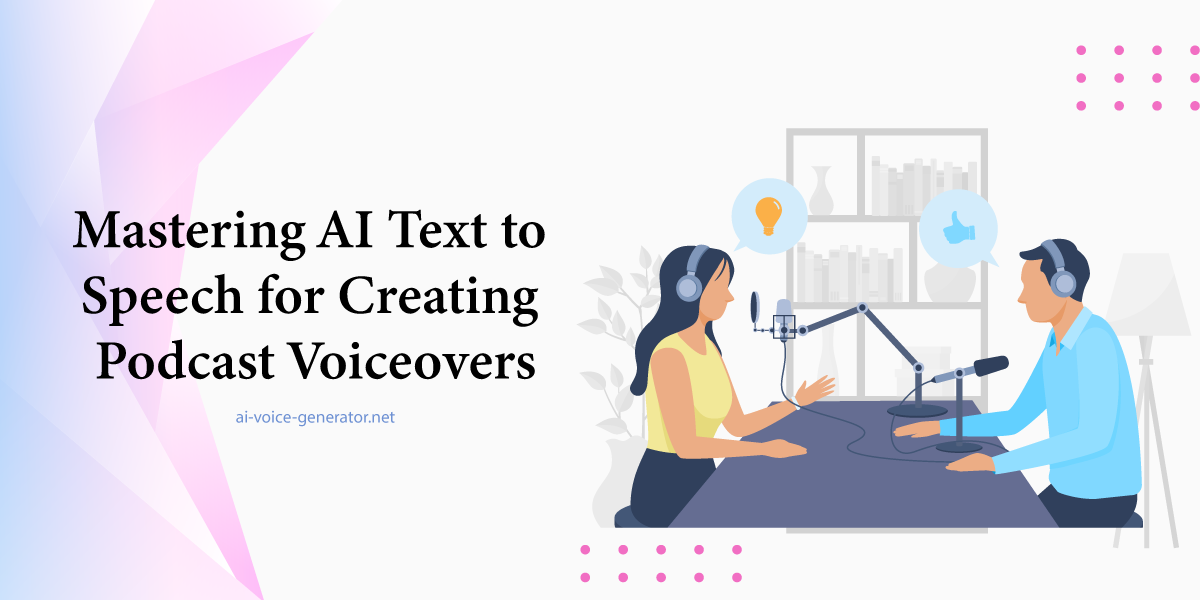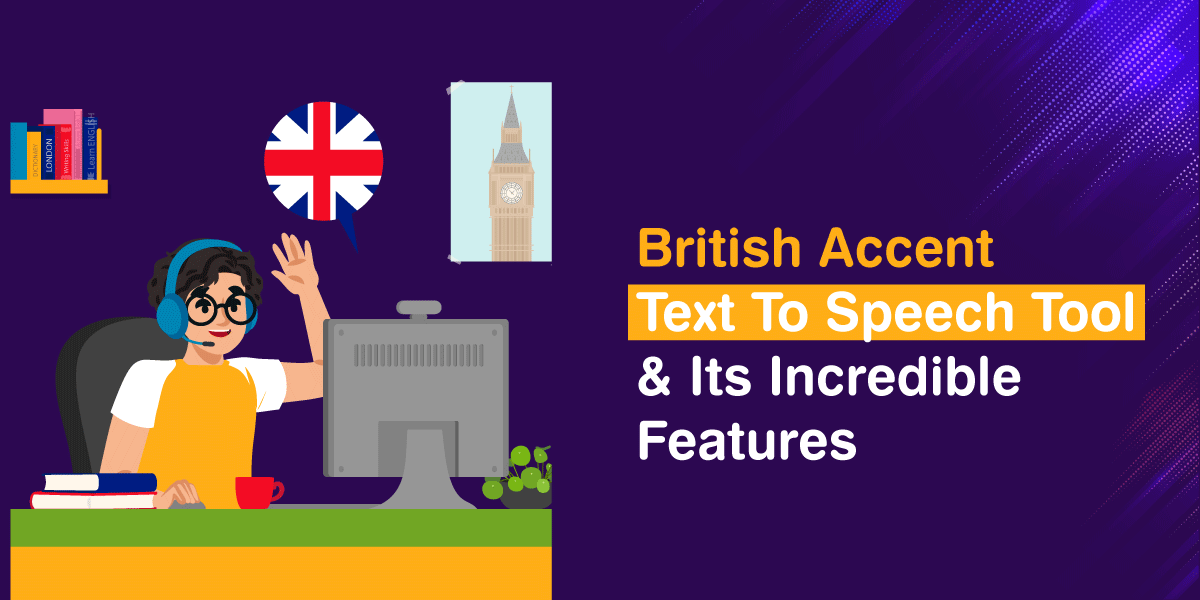Text to Speech in Escape Rooms: Real-Time Clues with AI Voices
Escape rooms are known for their creativity and challenge, but in recent years, they’ve begun embracing technology in exciting new ways. Among the most compelling advancements is the integration of text to speech tools to elevate interactivity and immersion. Instead of relying solely on static visuals or handwritten clues, room designers are now programming AI-generated voices to deliver real-time hints, warnings, or puzzles that react to players’ actions inside the room.
One of the main reasons for this shift is how natural and responsive today’s synthetic voices have become. With the help of text to speech free tools, designers can script customized voice prompts without needing to hire human actors or re-record audio. This not only reduces production time but allows for scalable and flexible storytelling that feels alive.
The use of AI text to speech also opens up narrative possibilities that weren’t previously feasible. Voice personas can be altered, layered with effects, or even randomized between gameplays to keep the experience fresh and unpredictable. Let’s dive into how escape rooms are evolving with AI-powered voices and why this use case is standing out in 2025.
How Escape Rooms Are Using Text to Speech for Interactive Narratives
The beauty of AI-generated audio lies in its flexibility. Game creators often aim for an immersive atmosphere, and AI voices are proving to be an effective way to sustain engagement without breaking the narrative flow. By incorporating text to audio free solutions into the room’s internal tech system, developers can instantly generate context-based voice prompts depending on the players’ pace or performance.
Imagine a scenario where the lights dim, and a haunting voice tells the group they’ve triggered a trap. Moments like this, delivered by an automated system in real-time, create emotional tension while cutting down the reliance on manual control rooms. With AI handling the audio, room staff can focus more on monitoring safety and less on voice acting.
Escape rooms no longer need to pre-record every hint or rely on walkie-talkies. Through text to speech online tools, they can dynamically adjust the narrative, shifting clues or puzzles depending on player behavior. That’s a huge advantage when catering to repeat customers looking for a new challenge.
Why AI Voices Fit the Escape Room Experience Perfectly
It’s not just about technology—it’s about creating mood and pacing that match the story. Designers often want a voice that feels urgent, mysterious, or emotionally charged. Modern text to voice generator platforms can produce such tones easily, choosing from a variety of voices that match different themes like dystopian sci-fi, medieval horror, or even futuristic mystery.
This eliminates the need to record every voice clip manually, especially for seasonal rooms that change themes. If a room transitions from a haunted manor in October to a cyber-spy bunker in December, switching out voices is as simple as entering new text. It makes the escape room experience not just scalable but also adaptable to current trends and audience preferences.
By using free online text to speech options, smaller escape room businesses can keep their costs low while still competing with high-budget setups. The accessibility of such tech removes the barrier that once existed between professional and amateur room builders.
Enhancing Puzzle Complexity with Real-Time Voice Feedback
AI-generated voice clues aren’t just decorative—they can be vital to gameplay mechanics. When players solve a puzzle, the system can provide tailored feedback, hints, or even false leads. This is especially effective in multi-path rooms where every team doesn’t follow the same storyline. Through the use of text to speech voices, each player encounter can be uniquely guided by an AI narrator responding on cue.
Players respond more intuitively to audio than to visual clues alone. A whispered reminder, a countdown, or a disguised voice impersonating a character adds layers to how puzzles are received and processed. By blending these clues seamlessly into gameplay, rooms become more intuitive, and storytelling becomes more cinematic.
AI-based voice systems can also be linked to the room’s sensors or pressure triggers. For example, stepping on a specific tile may activate a voice revealing a new secret. Using a text to speech generator, such interactions can be scripted quickly, edited instantly, and deployed in real time with no voiceover talent required.
Saving Time and Costs Without Sacrificing Immersion
Traditional escape rooms needed actors, recording studios, or live operators to deliver storylines and hints. With today’s text to speech technology, all of that has become optional. Startups and small entertainment businesses are now able to compete in this space without the expense of casting or voiceover production.
Not only is this efficient, but it also enables room developers to make rapid updates. If a certain voice hint is unclear or not delivering the desired gameplay effect, it can be reworded and re-rendered using a text to speech free tool in under five minutes. There’s no waiting, no editing software required, and no additional cost.
For developers managing multiple rooms or franchises, this becomes even more critical. One update can instantly apply to several rooms across different locations. By linking the system with a central management dashboard, the use of AI text to speech turns audio content into something that can be deployed and scaled as easily as software updates.
Building Narratives That Adapt to Player Behavior
Escape rooms are increasingly using adaptive storytelling to respond to player performance. If a team is moving too slowly, the game may introduce more obvious hints. If they’re solving puzzles quickly, the AI might inject false clues or sarcastic remarks to keep them on their toes. These techniques are made seamless by text to audio free solutions that can adjust the tone, timing, and context of voice output.
It’s not just about narrating a room—it’s about controlling pacing, mood, and even suspense. A well-placed, cryptic line of dialogue can make players rethink their strategy entirely. With text to speech online features, this interactivity can happen dynamically, without human intervention or delay.
More advanced escape rooms are even experimenting with branching narratives. Based on whether a team opens one door or another, the room’s story might change—along with the AI voice guiding them. These branching paths require massive amounts of voice content, which would be impractical without text to voice generator technology handling the load behind the scenes.
Giving Game Masters More Creative Control
AI voice tools also empower designers and game masters with more freedom to experiment. Instead of being bound to whatever was recorded during pre-production, they can test different phrasings or delivery styles during actual gameplay. If a clue isn’t working, it can be edited live through a free online text to speech platform.
This creative agility makes for a smoother operation. Mistakes can be corrected instantly. New clues can be rolled out for repeat customers. And even small tweaks in timing can change how a puzzle is perceived—adding layers of challenge without rewriting entire games.
Some creators use different text to speech voices to represent different AI personalities within the same game. This technique can create dialogues between virtual characters that feel authentic and responsive. As players interact with these characters, the illusion of agency and depth becomes more believable.
Using AI Voice Systems to Manage Room Difficulty
Balancing difficulty is a challenge for any escape room. Too hard, and players feel frustrated. Too easy, and it feels dull. This is where a text to speech generator can help level the field. It can monitor the room’s timer, analyze how long players are stuck on a clue, and then step in with gentle nudges or ambient sound effects triggered by key actions.
These subtle interactions don’t interrupt the game. Instead, they maintain immersion while helping teams stay engaged. Some rooms even personalize the voice responses based on booking preferences—for example, adding humor for family groups or intensifying tension for experienced escape artists.
To see how flexible and immersive AI-generated voices can be in scenarios like these, try the best tool for the job with this AI Voice Generator. It offers diverse voice selections, supports natural tone variations, and allows for real-time audio generation—all essential for crafting escape room audio that adapts to any storyline.
Why Escape Rooms Prefer Scalable Audio Tools
Many escape room operators need to deliver the same storyline across multiple locations or replicate rooms in different cities. Recording identical human audio for each version is time-consuming and expensive. However, using a text to speech solution with centralized voice settings solves this problem efficiently.
With AI-generated voices, scripts can be reused and adapted for different languages, accents, or difficulty levels. The output is consistent and professional every time. For franchises or operators running multiple branches, this means maintaining high standards without ballooning costs.
Even custom voice personalities are now possible. Escape rooms can create unique AI characters—an angry pirate captain, a panicked scientist, a robotic narrator—and use them across various adventures without worrying about voice fatigue or actor availability. It’s this kind of control and scale that makes text to speech free tools so attractive to escape room creators.
Integrating Voice AI with Puzzle Logic
Beyond giving clues, AI text to speech is now integrated directly into puzzle logic. For example, voice-based riddles that require listening and decoding are replacing traditional written clues. In audio-centric rooms, players must discern differences between voices, catch hidden meanings in dialogue, or even repeat phrases using voice input.
This interactive layer requires accurate, high-quality voice synthesis that feels immersive. The natural cadence and expression offered by modern text to speech voices help these puzzles feel authentic and mentally engaging. No longer are players just looking for keys—they’re actively listening, interpreting, and responding to a speaking AI.
Additionally, multi-lingual clues and accents allow for broader audience reach. Through text to audio free generation, clues can be made available in multiple languages or dialects depending on the players’ preferences at booking—no re-recording needed.
Creating Emotional Experiences with Sound
While escape rooms are often about logic, sound plays a huge role in shaping how players feel. A slow, robotic whisper can spark fear. A sarcastic voice can make players laugh. Carefully crafted voice scripts created with a text to speech generator let designers tap into emotions at precisely the right moments.
Voices can even simulate character development across the room. A benevolent guide may slowly reveal itself to be a villain. Or a mysterious helper could shift its tone depending on whether players make good choices. These emotional pivots work best when the delivery is fluid, believable, and flexible—things that AI audio excels at.
FAQs
Yes, you can choose voices that match the theme, tone, and intensity of your room scenario easily.
Not at all—there are text to speech free tools that allow immersive audio without high costs.
Players often find AI voices more responsive and engaging, especially when used interactively.
Some platforms offer offline modes or cached voice prompts for real-time use during gameplay.
Modern text to speech voices sound highly natural and are already in use across the industry.



